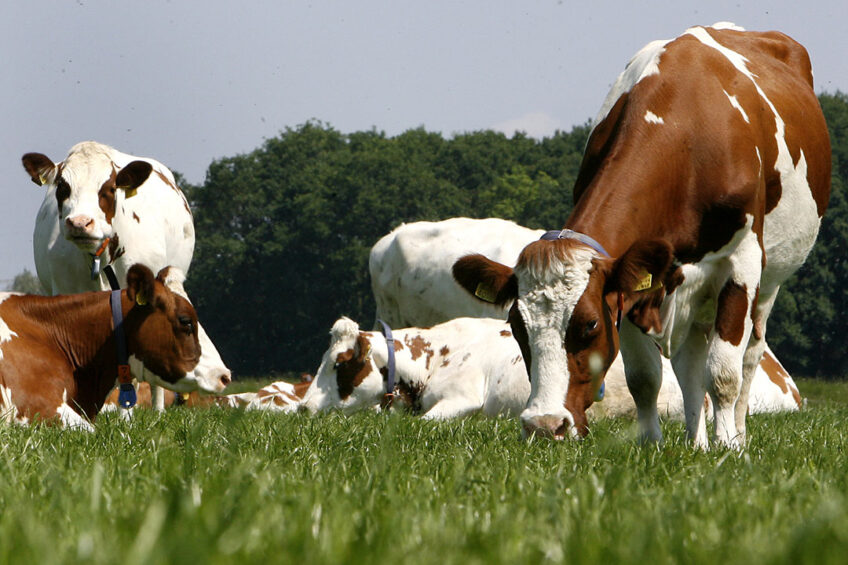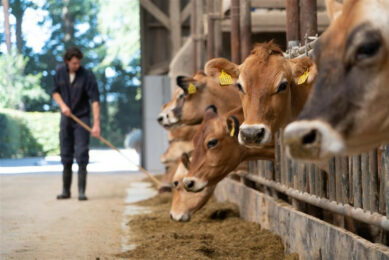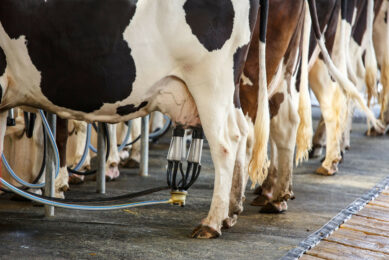How to maximise your dairy farm’s profit margins

What differentiates a high and low-profit farm? The assumption tends to be that high-production and larger dairies are the most profitable, but that is not always the case. In fact, data shows that profit margins vary widely for farms with 500 cows or more. Between 2015 and 2018, the largest farms were found in the lowest and the top 20% in profitability.
Profitability is not based only on the number of cows you have or even cow production rates. In fact, the farms with the highest profits tend to have lower feed costs, produce milk with better quality and control costs much more effectively. That being said, these attributes are more likely to occur if dairy farmers root everything they do in apt farm management and make the right investments in land upkeep, technological equipment and herd health.
Land upkeep and maintenance
At first glance, a dairy farmer may not appear to have much riding on the quality of his or her farmland, but land upkeep is critical where a farm’s profitability is concerned. Grazing pastures, feedlots and areas for growing crops for herd nourishment are important elements of the operation.
If you have low-quality grazing areas, for example, your herd can suffer nutritionally. Pasture forage is one of the biggest and best nutritional sources for cattle. Low-quality forage can result in poorer herd health and larger investments in supplemental food sources or animal care. High-profit farms often boast lower feed costs at an average of $ 1,916 per cow, while lower-profit farms may spend as much as $ 2,100 per cow. This could be related to better-quality forage and less reliance on supplemental food.

Another factor to consider: Naturally occurring drinking water is a huge component of herd health, and, therefore, profitability. Low-quality or insufficient water can cause milk production to waiver. As a side note, cows will refuse contaminated water because they can detect the contaminants. If you‘re relying on a natural pond, spring or another water source, these sources should be tested or even treated to maintain the profitability of the farm.
Equipment investments
In some regards, farmers are accustomed to making investments in equipment that may not show an immediate ROI. An equipment investment can initially be a major expense or seem pricey, but a pricier investment is often worth it for a year-over-year return. Investments in technological equipment are a perfect example, especially with some of the more innovative equipment available today.
Consider an oestrous heat cycle monitoring system, which often comes with a major investment. This investment, however, could mean more successful and accurate breeding for the long term, which could result in better milk production rates and more predictable calving cycles.
Herd health
Everything from milk quality to milk volume is affected by the health of your dairy herd. Therefore, investing in the health of your herd is perhaps one of the biggest drivers of profitability. Numerous health problems can affect a farm’s profitability, such as:
- Mastitis
- Reproductive problems
- Ovarian cysts
- Lameness
- Preventable bovine disease
Mastitis alone is responsible for roughly $ 2 billion of losses among dairy farmers annually. Therefore, keeping mastitis risks in check with mindful investments could be one of the easiest ways to see profit margins increase. Something as simple as bacteria in bedding or milking machines can be to blame for mastitis, so purchasing better sanitisation equipment and upgrading to easier-to-maintain bedding could help give you a substantial return every year.
Investments for ROI in dairy
Decades ago, the profitability of a dairy farm fell on one primary driving factor: hard work. However, the dairy industry has evolved over the years in terms of operational efficiency and profitability. Hard work may be a mainstay for every dairy operation, but the highest-profit farms have several other attributes. From the land on which your cows graze to the equipment purchased, every small component has the potential to maximise profit margins over the long term.
Join 13,000+ subscribers
Subscribe to our newsletter to stay updated about all the need-to-know content in the dairy sector, two times a week.










